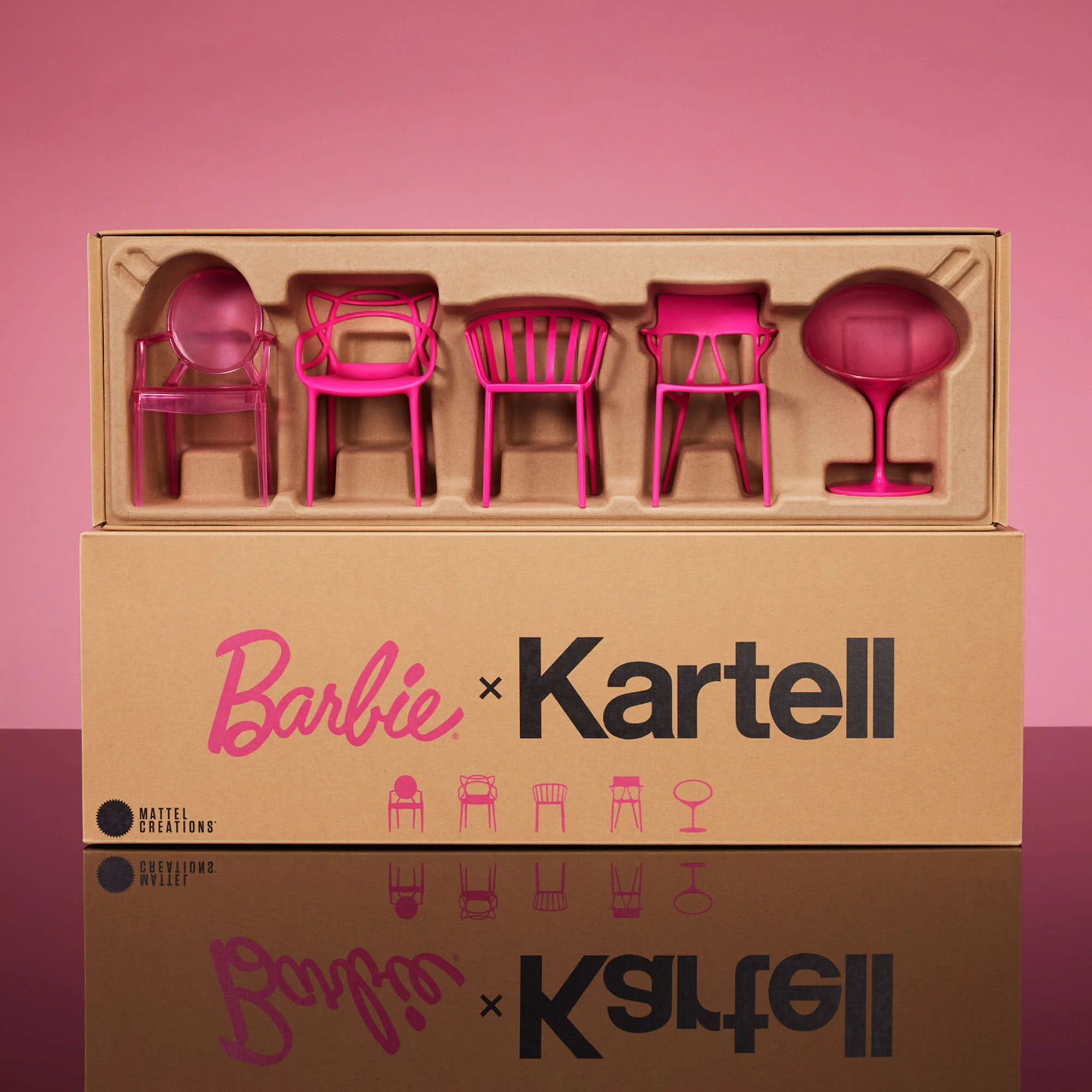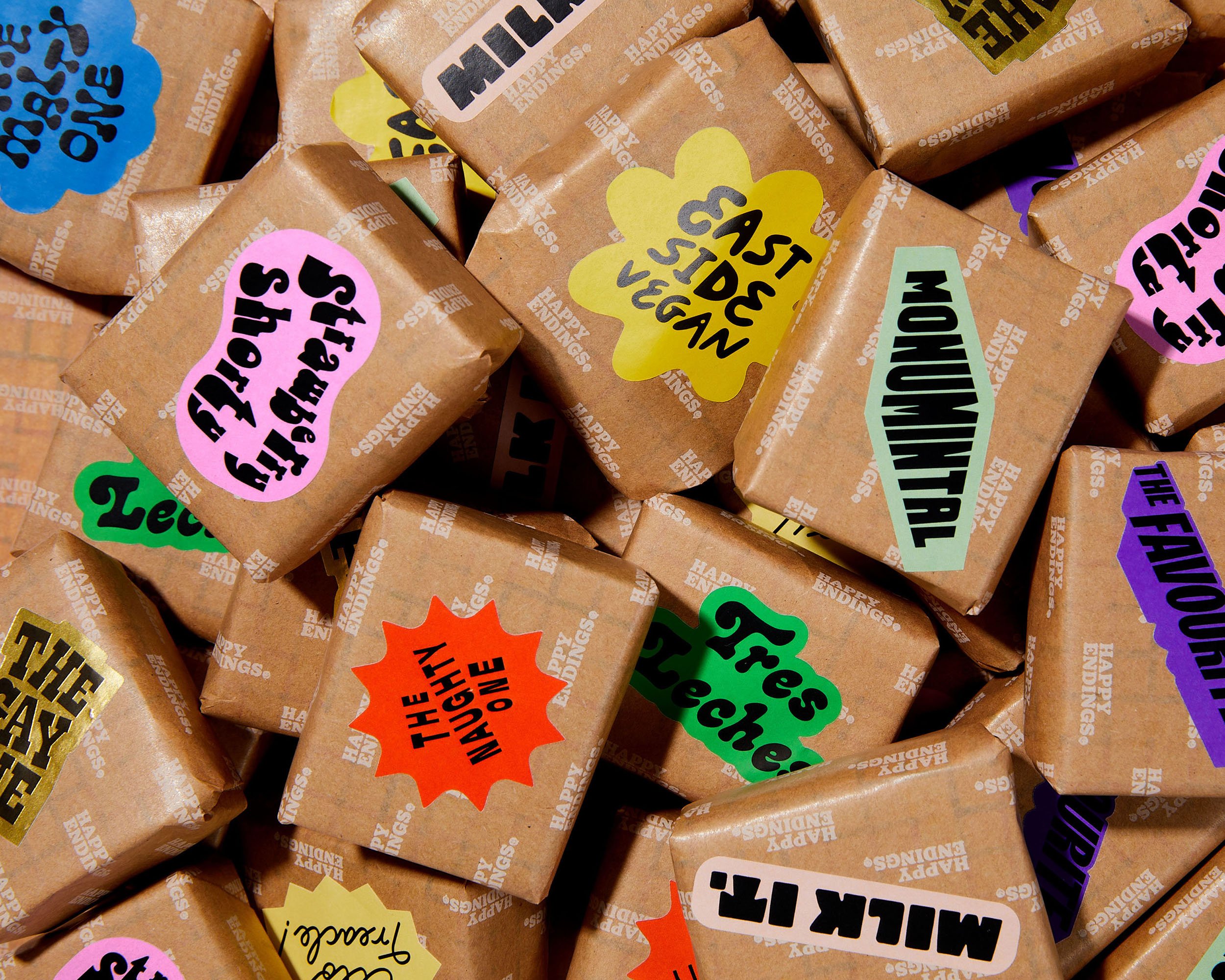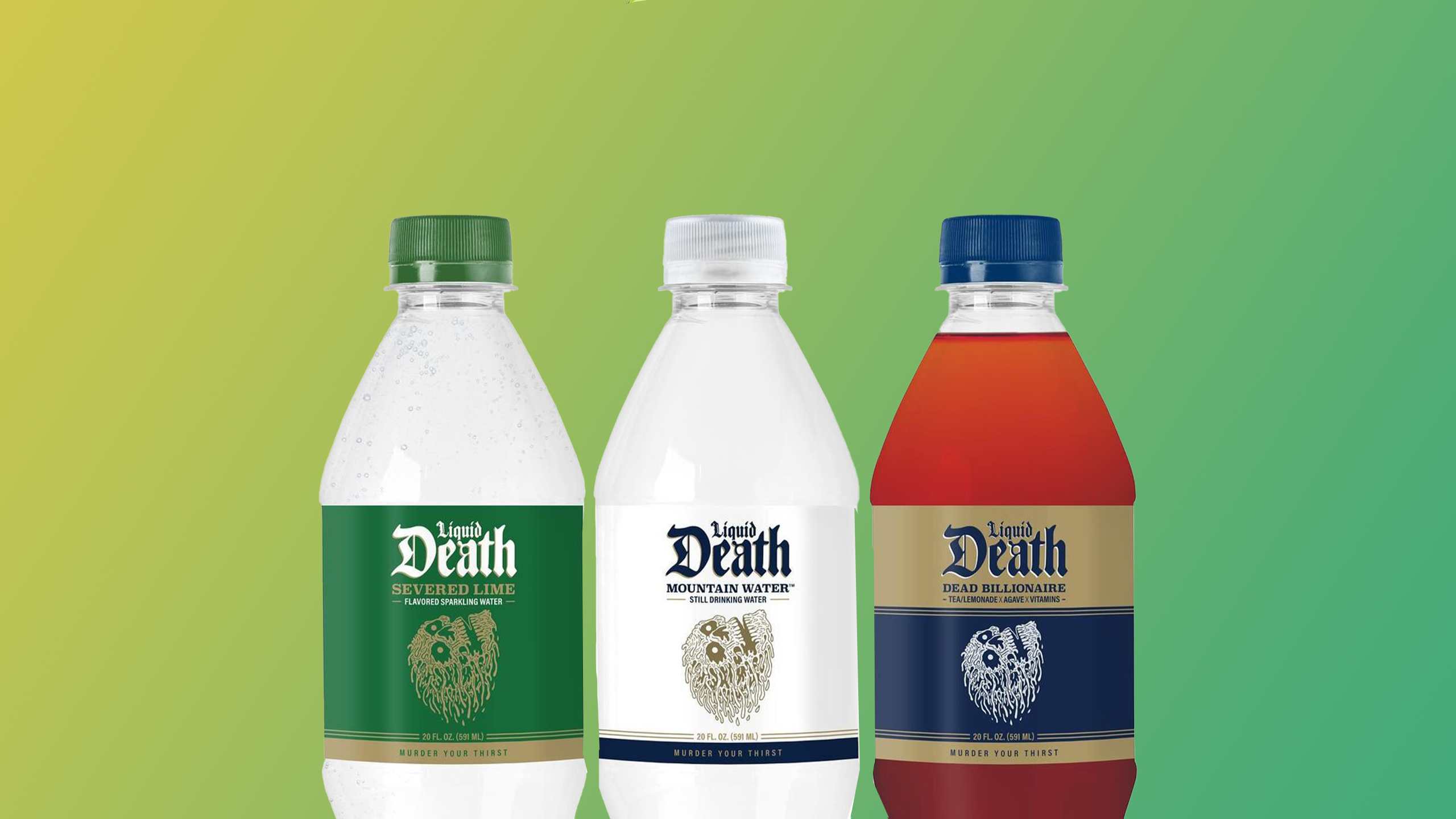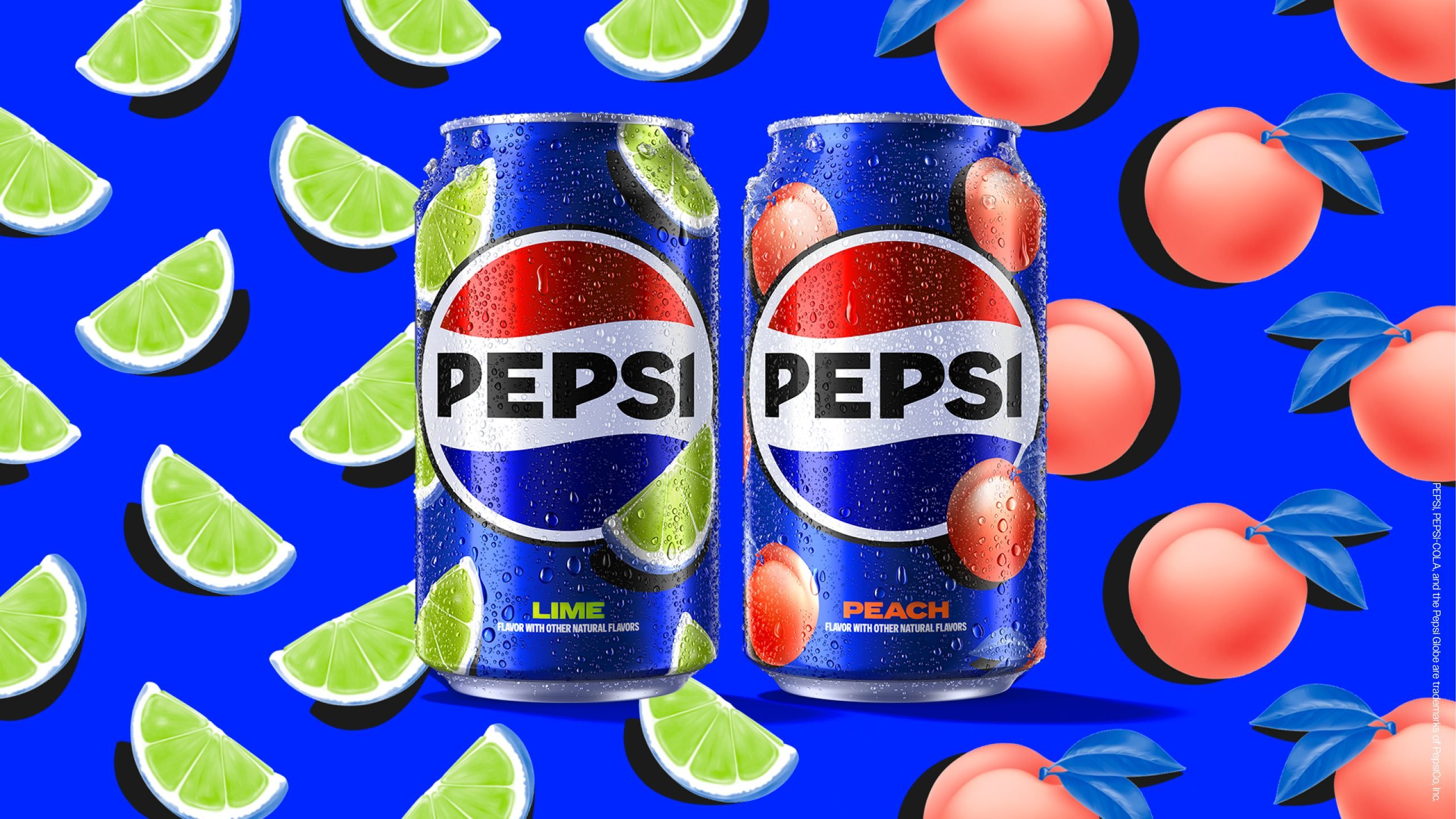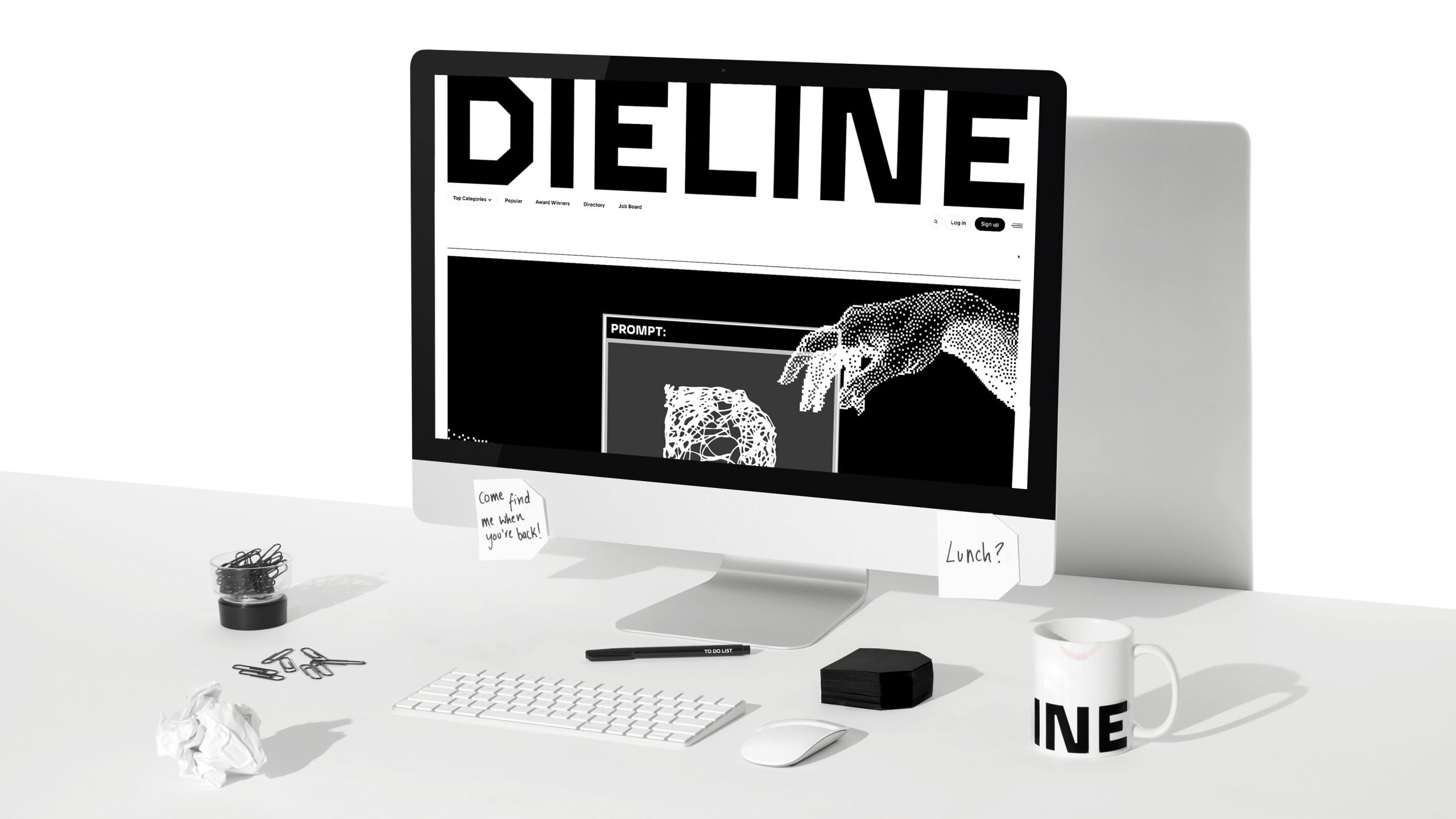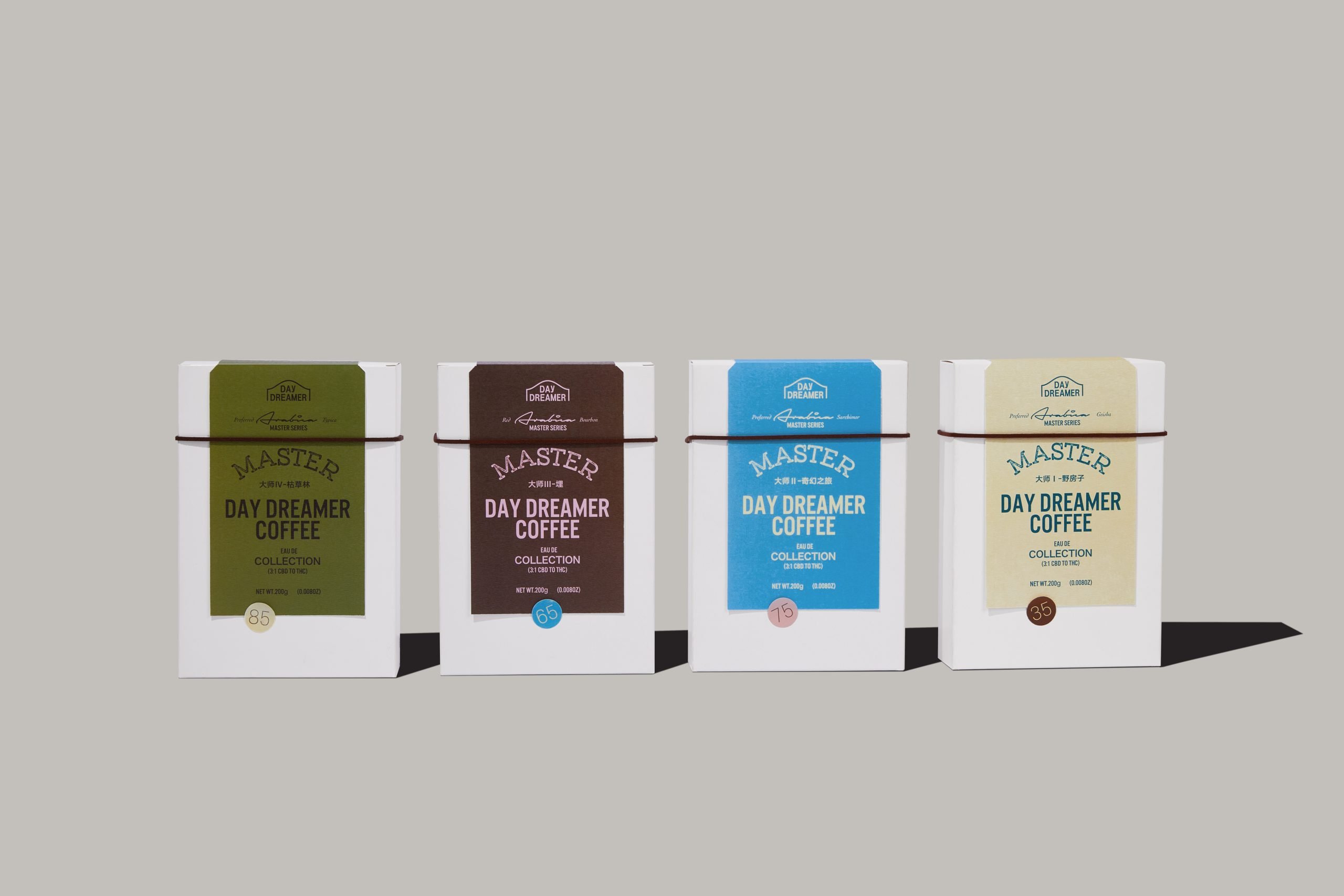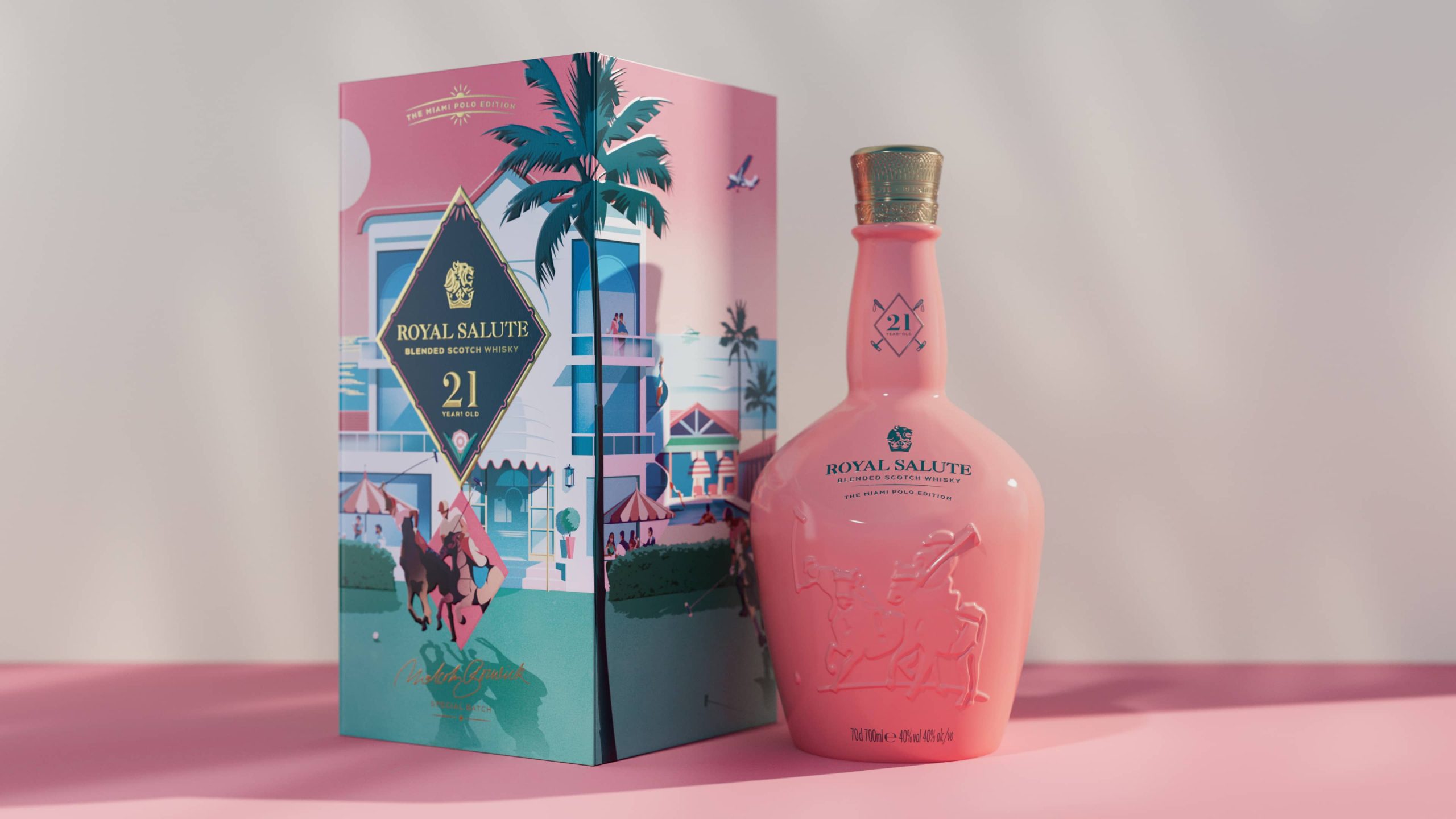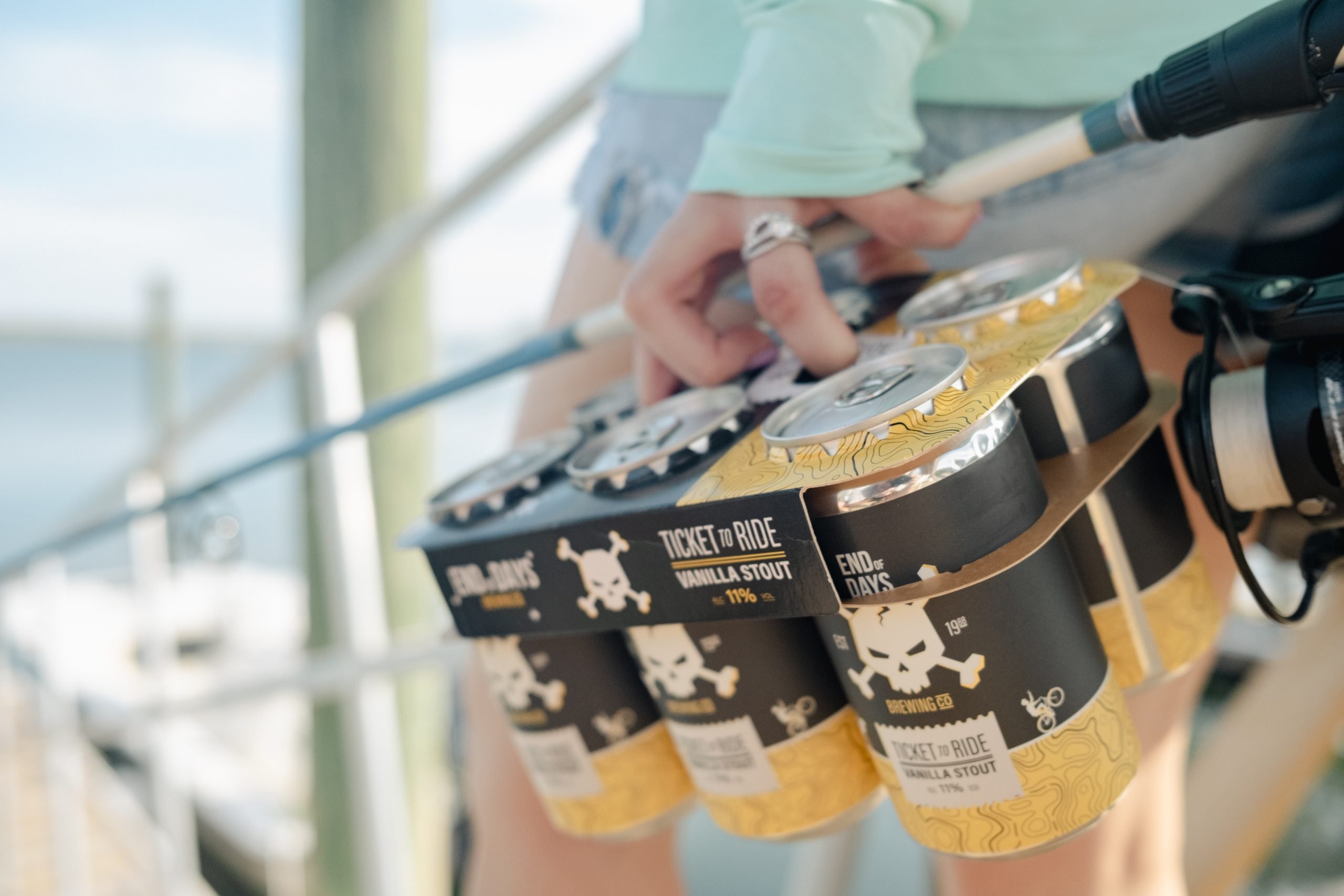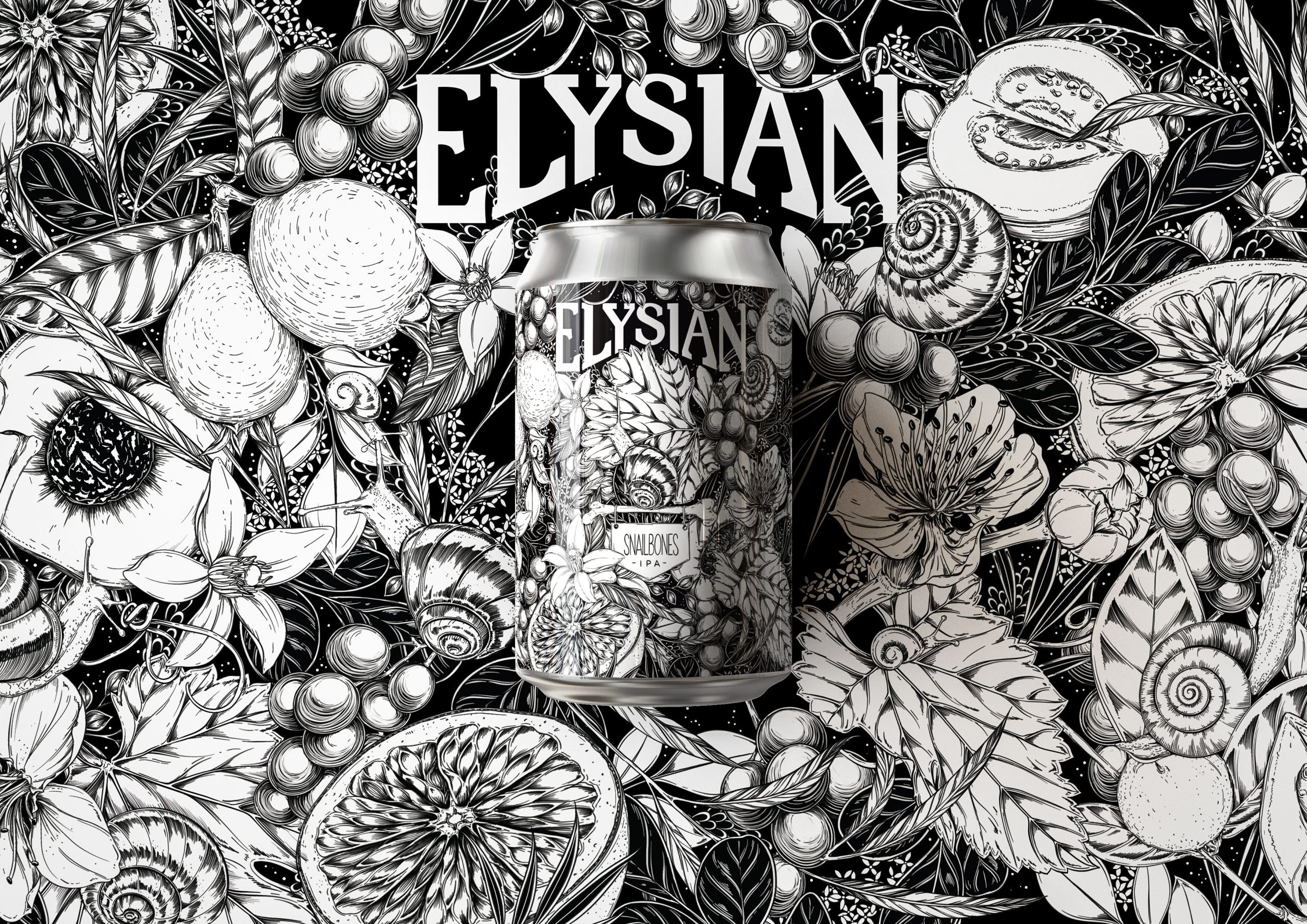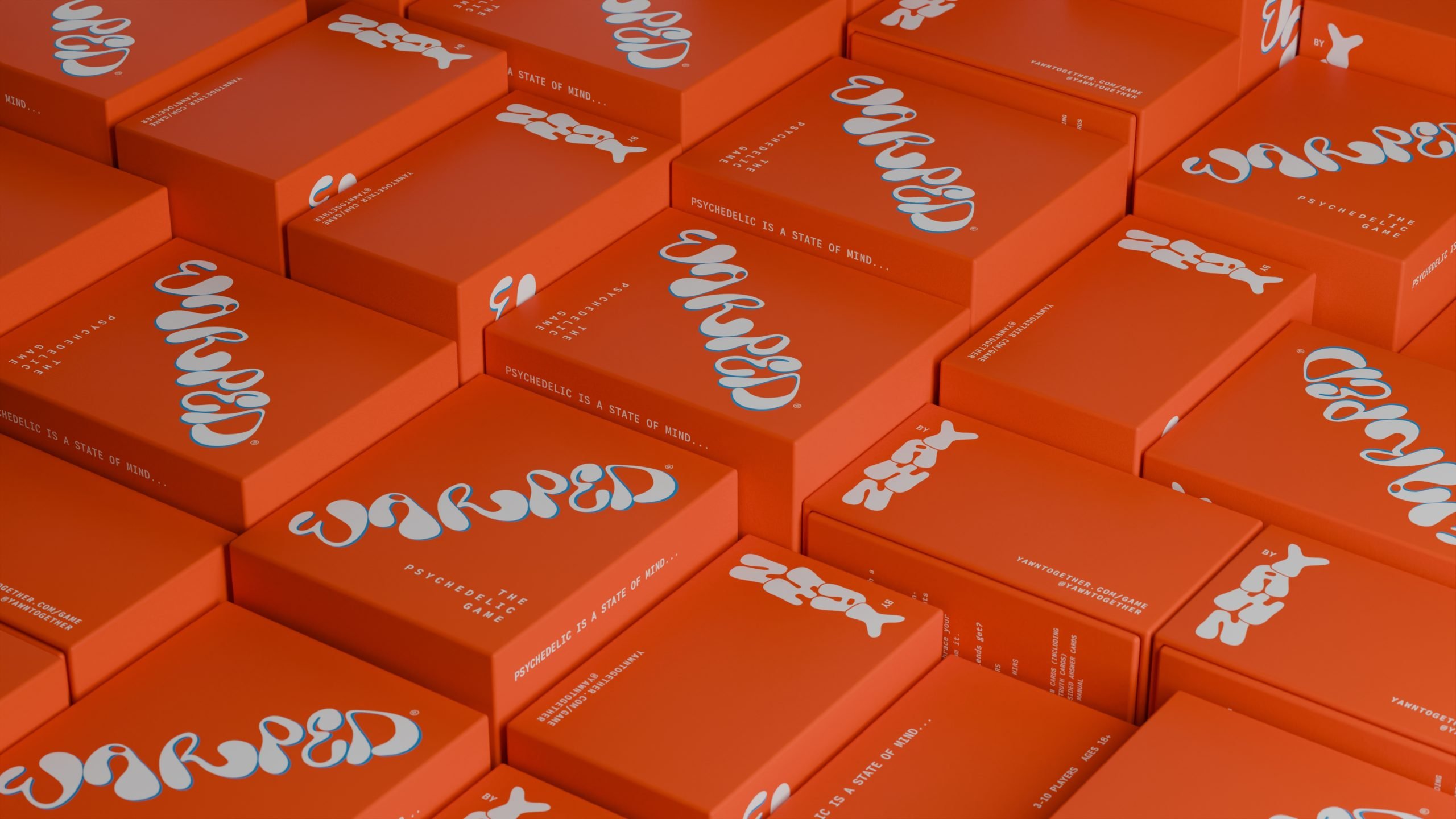If you stroll around the offices of the Portland, Maine-based branding and marketing agency Pulp + Wire, youâll find a few quotes affixed to the walls, but thereâs one that best suits the agency, from a little 1988 John Carpenter movie starring Canadian professional wrestler and all-around legend âRowdyâ Roddy Piper called They Live: âI came here to chew bubblegum and kick ass, and Iâm all outtaâ bubblegum.â
There is also scratch-and-sniff cherry wallpaper in their bathrooms, but I digress.
